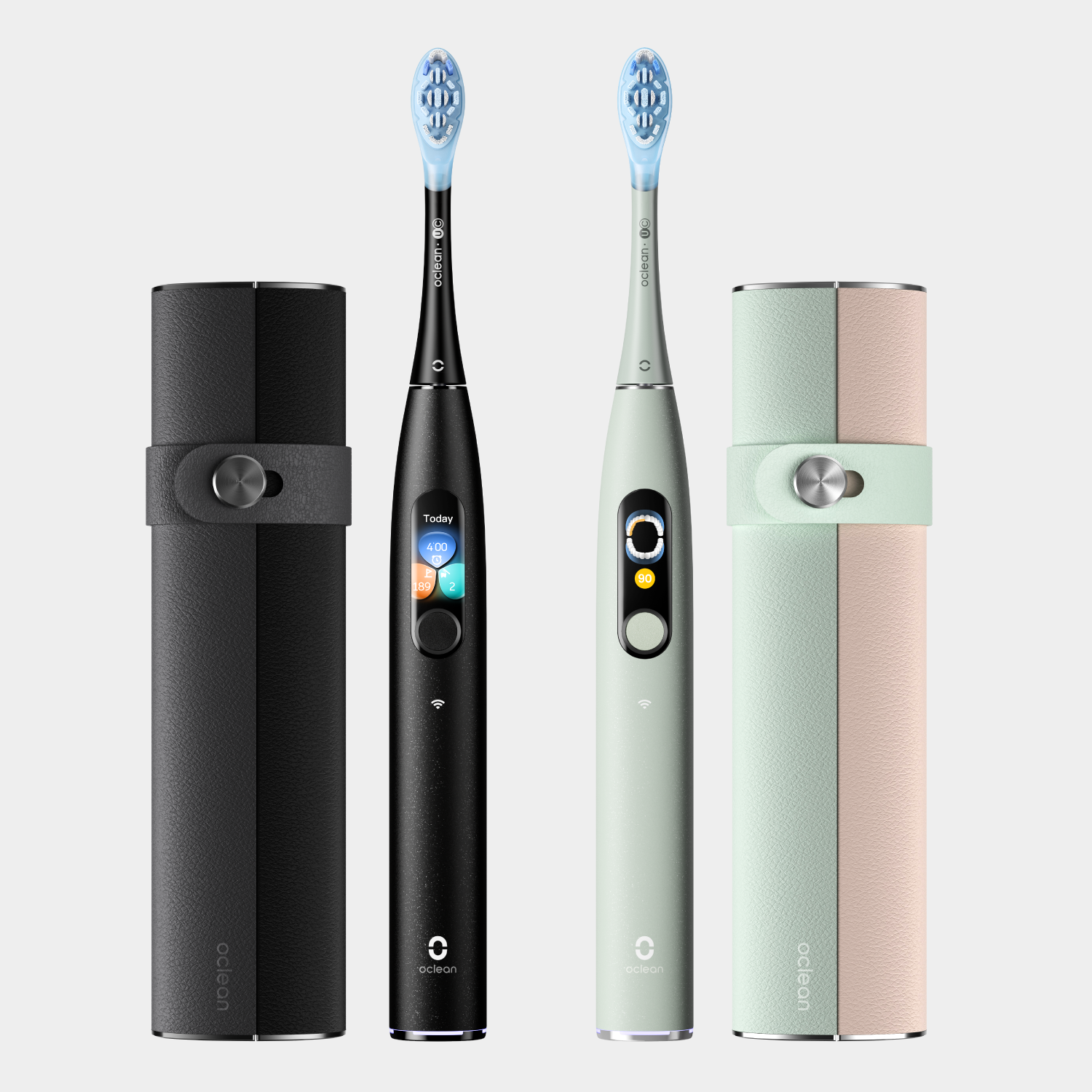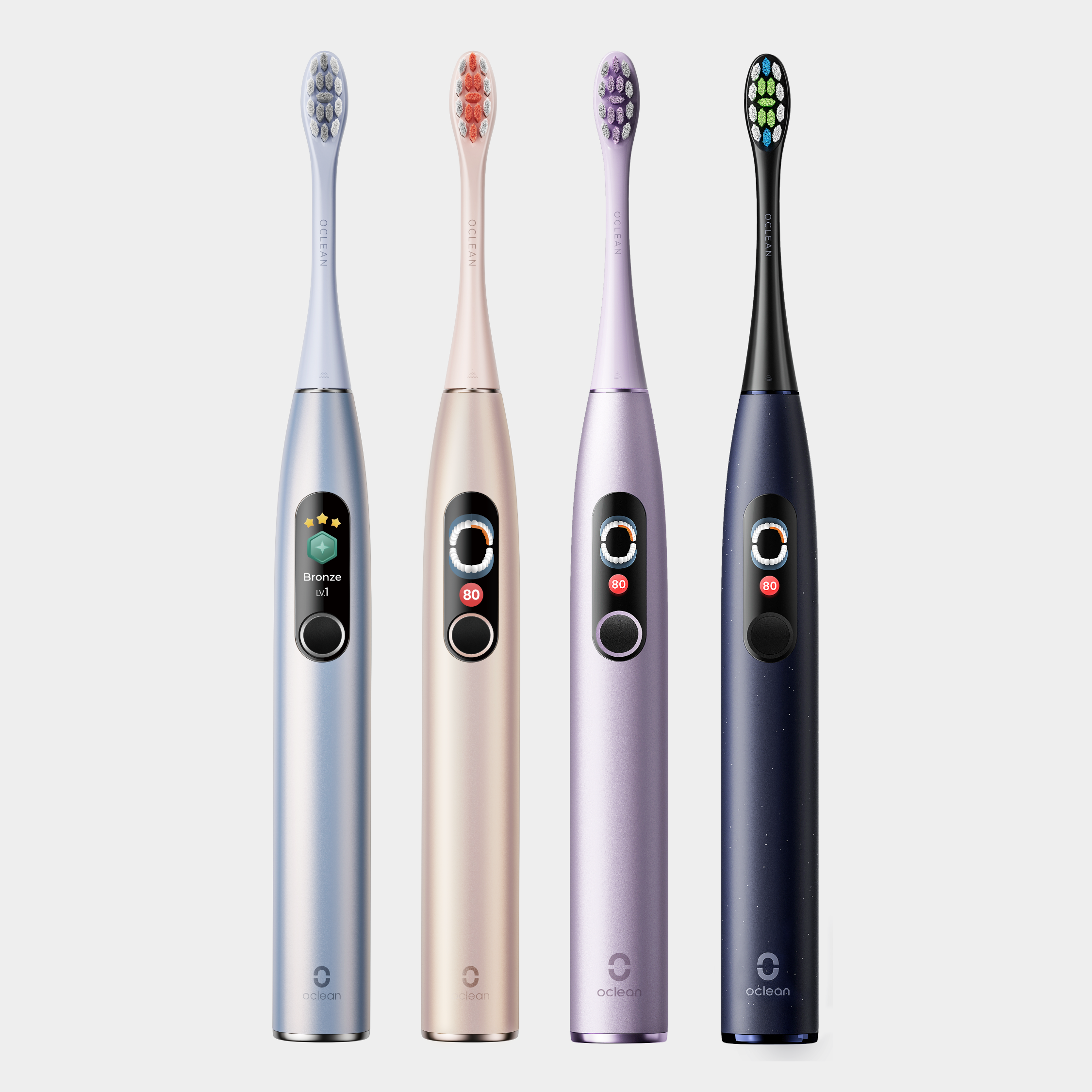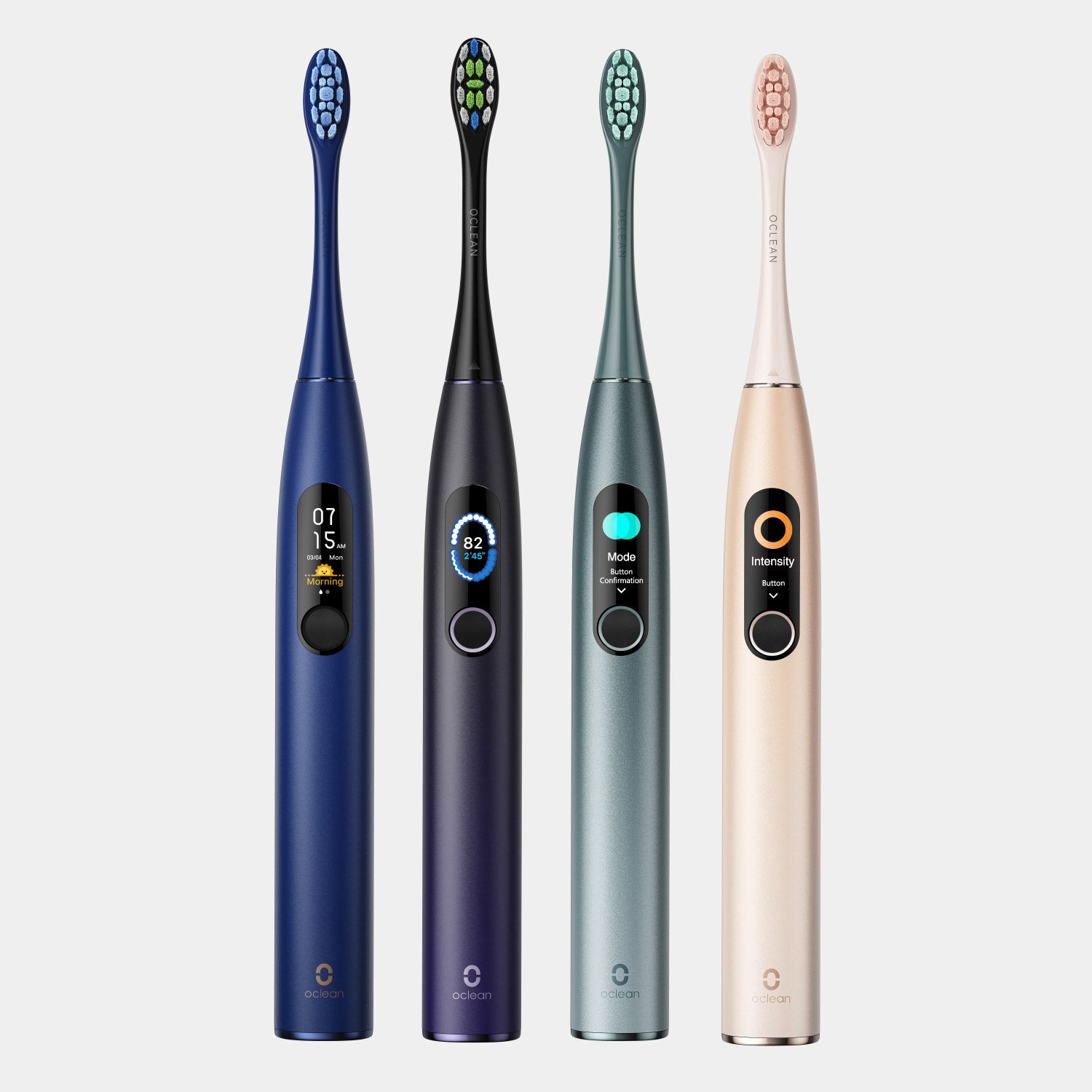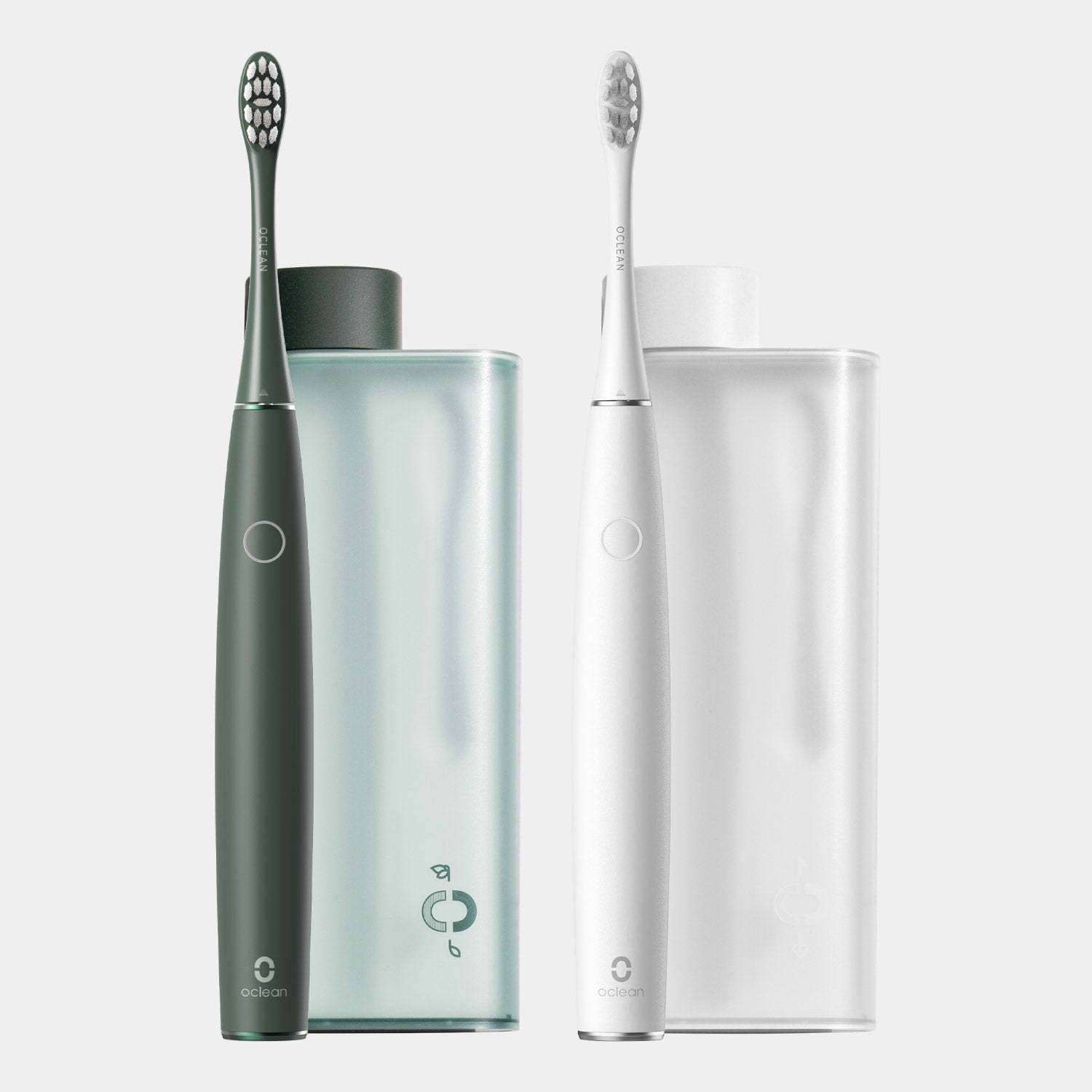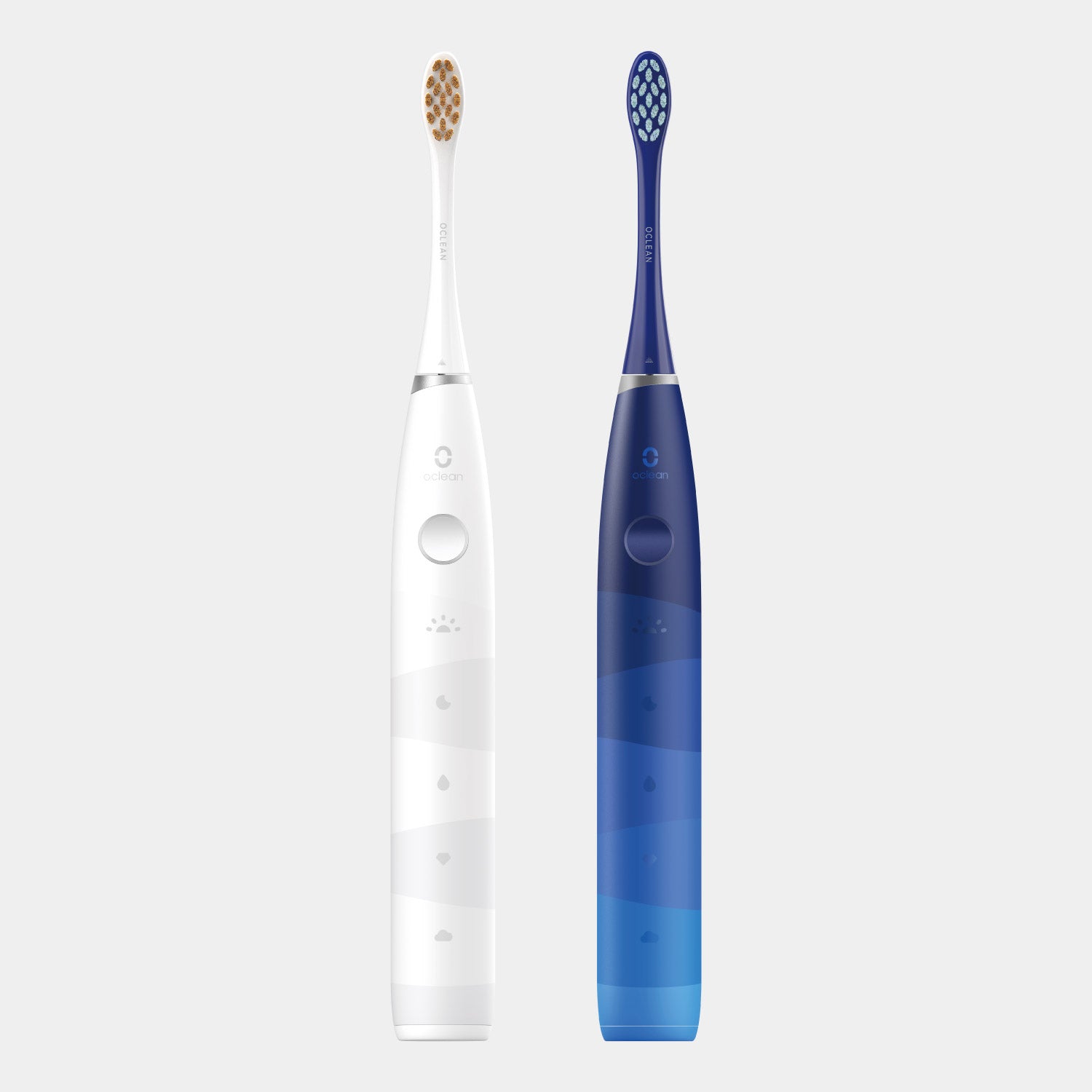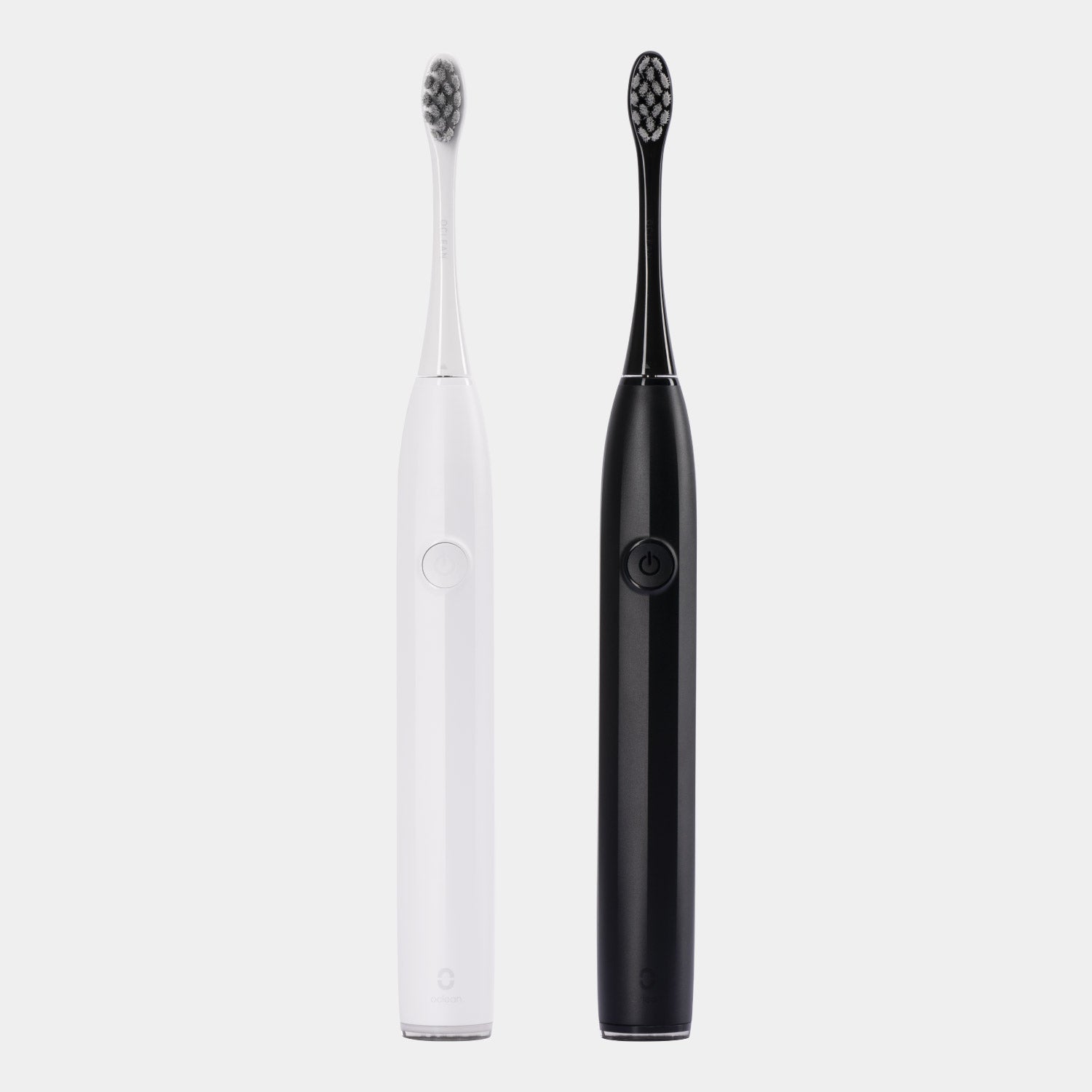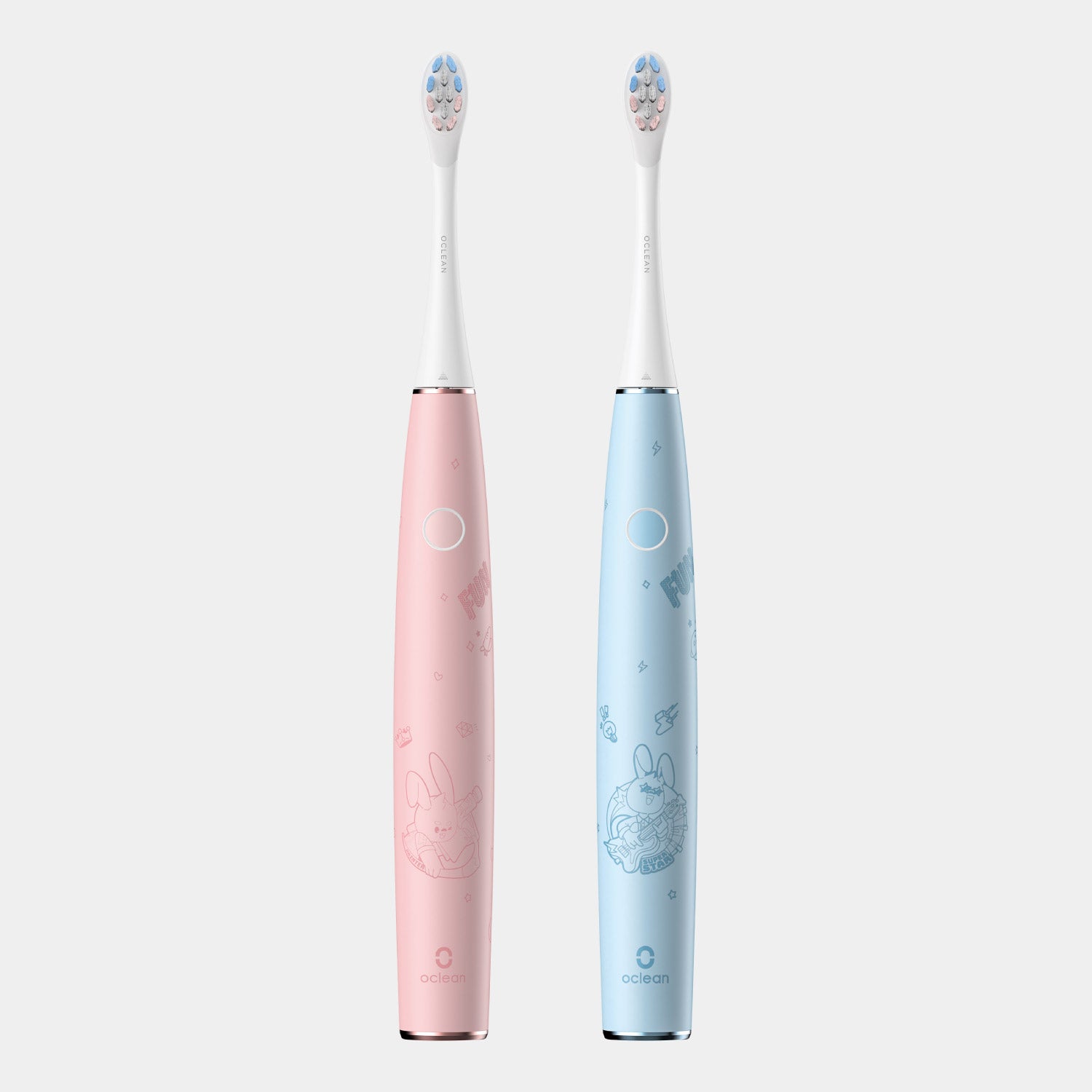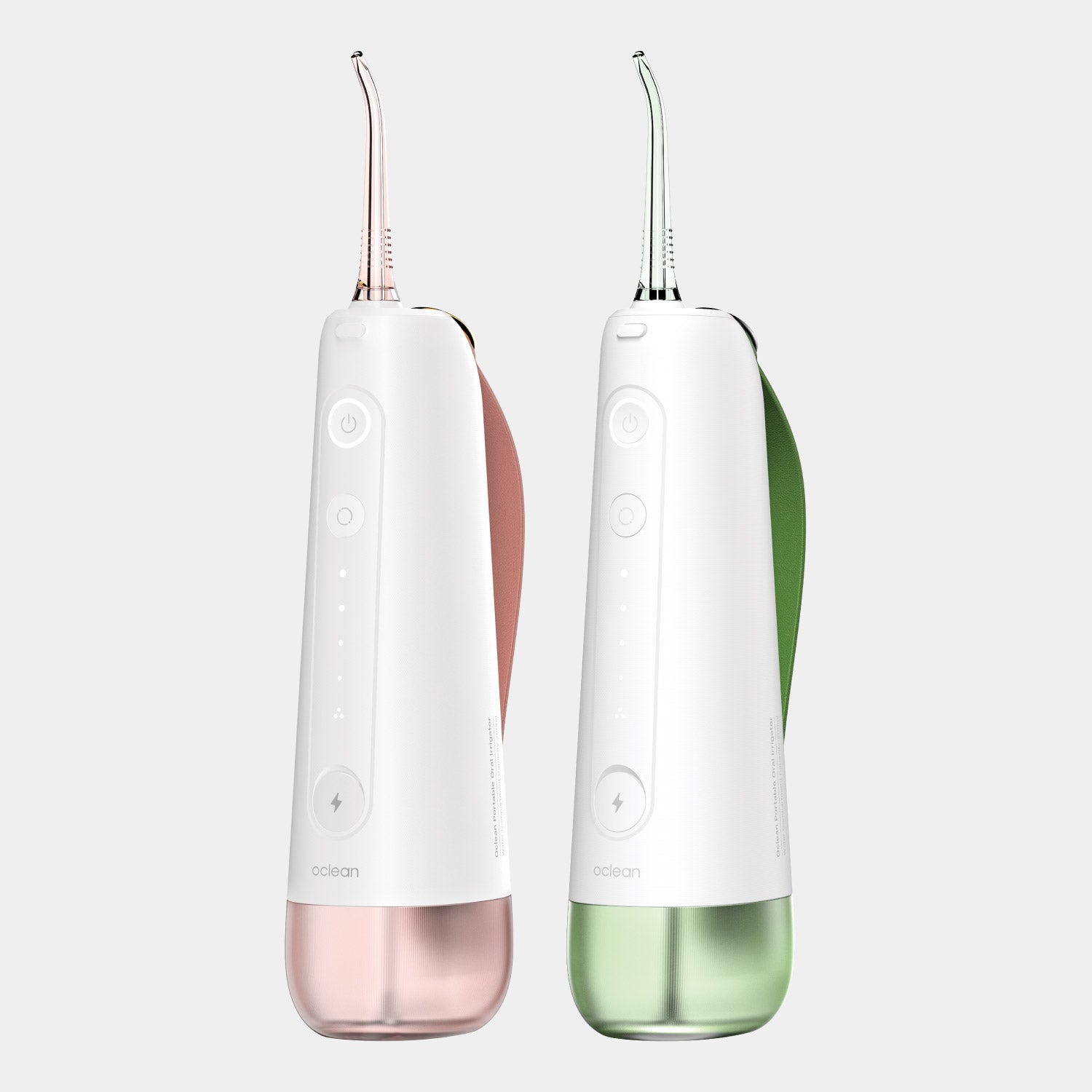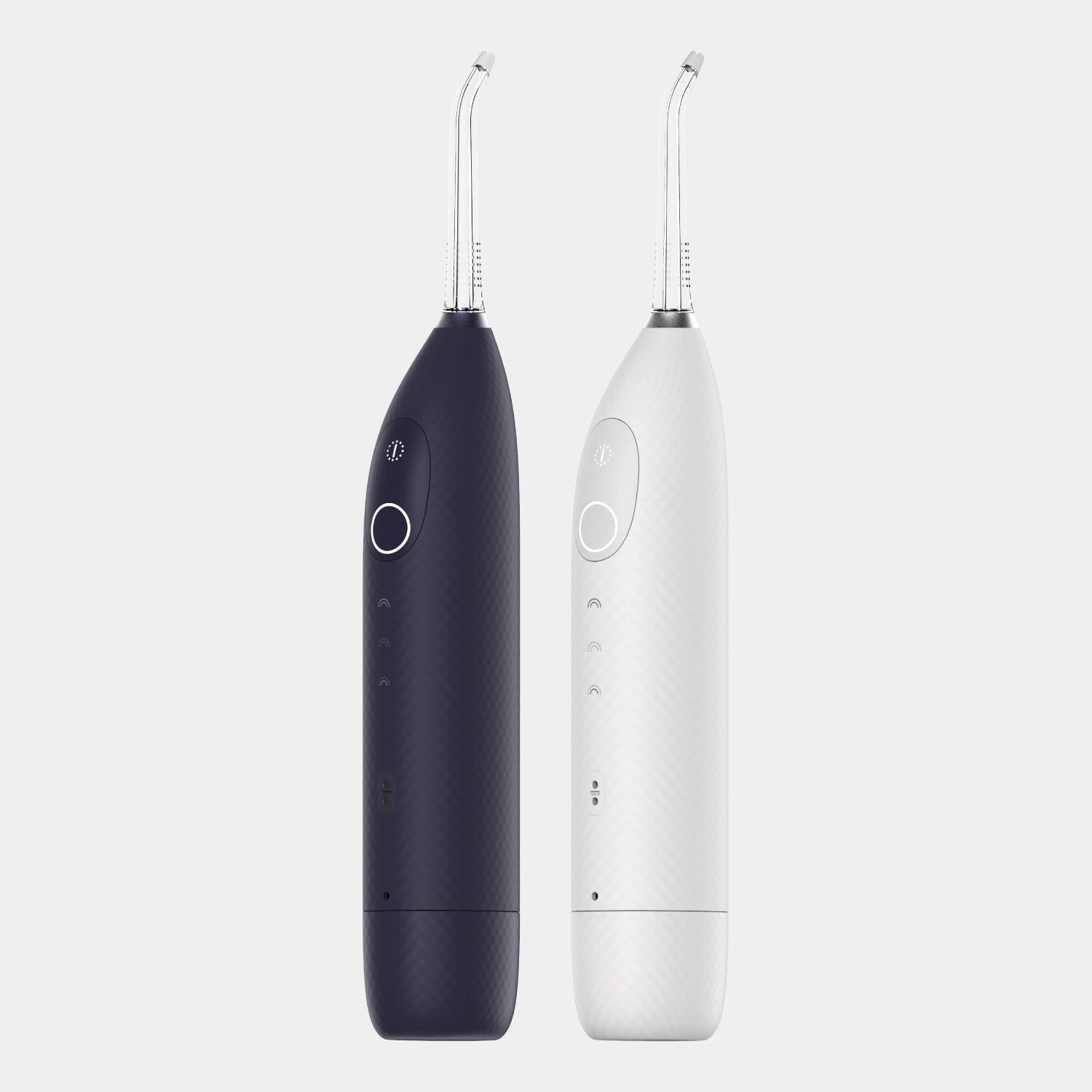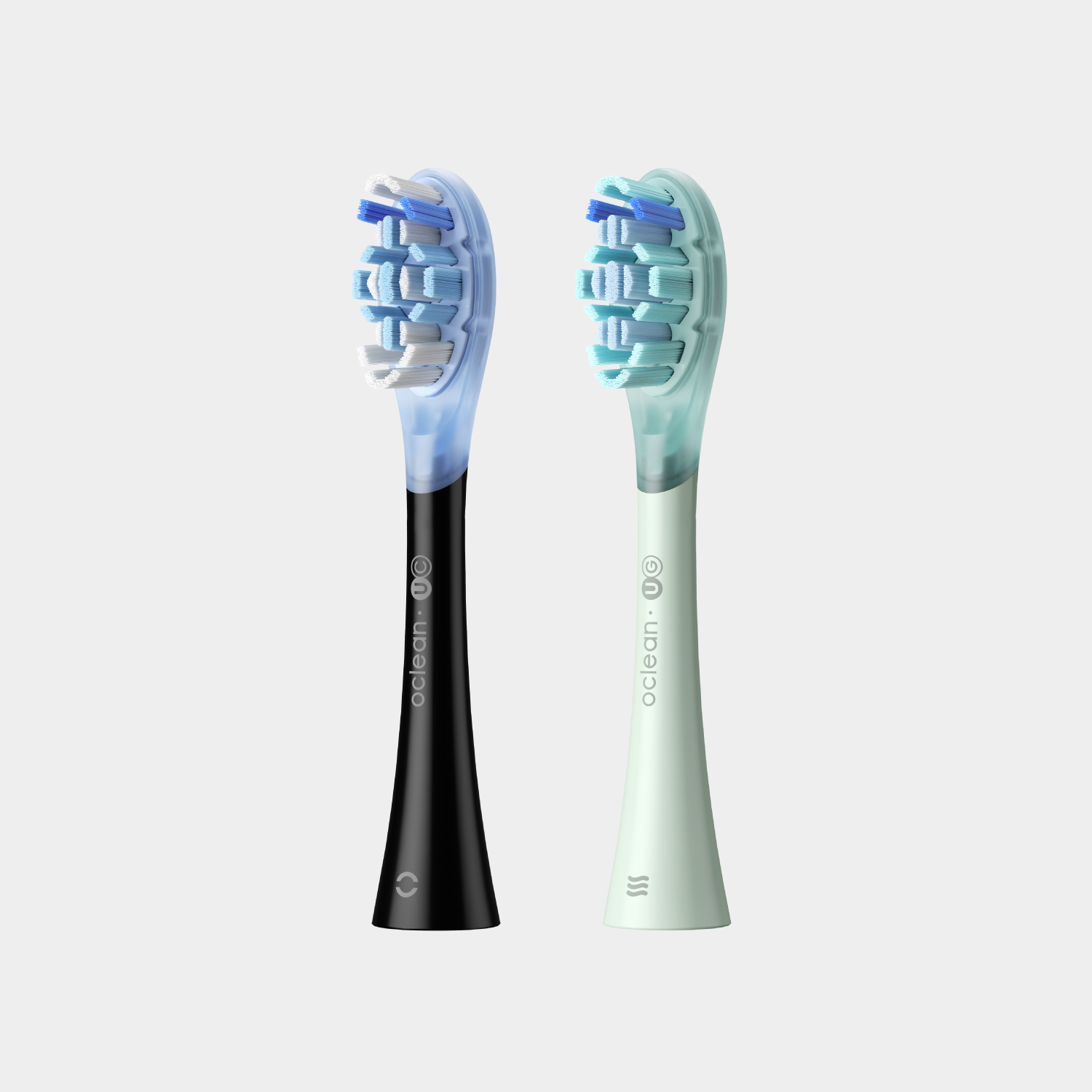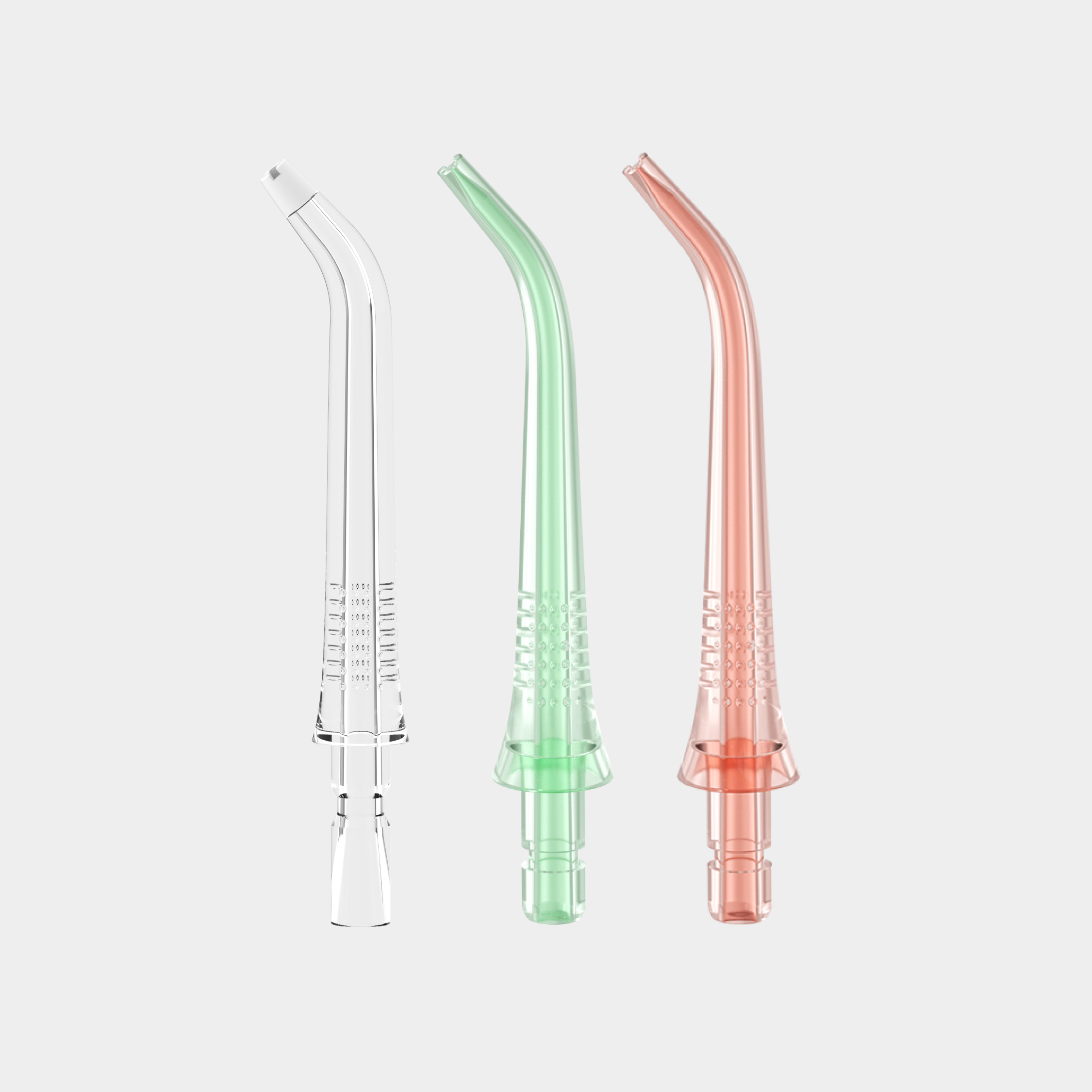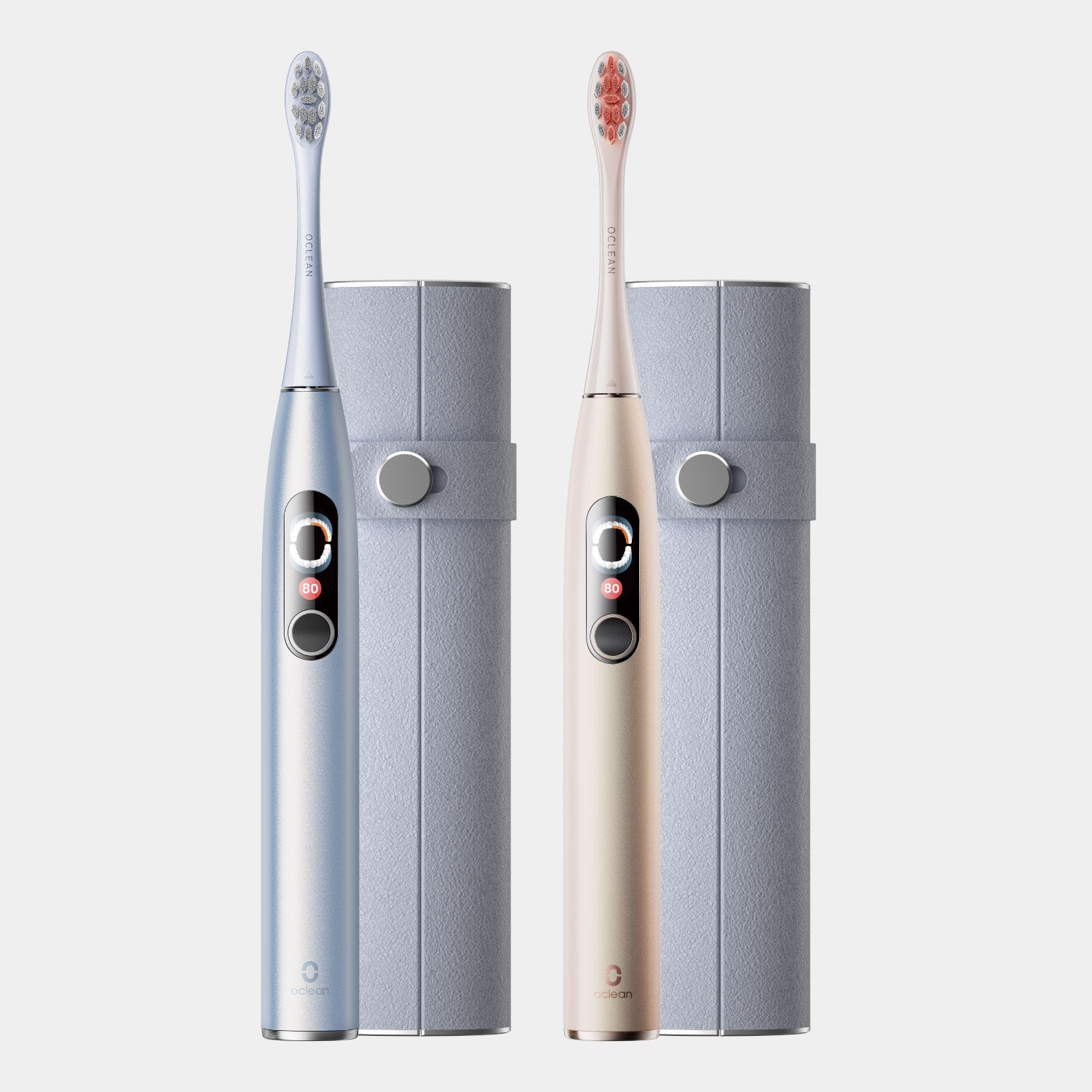Is your electric toothbrush giving you trouble? Here's a guide on what to do when your electric toothbrush stops working.
Electric toothbrushes have been proven to be more effective in removing surface plaque than manual toothbrushes in a 2013 study. They make oral hygiene not just efficient but also enjoyable. However, like any electrical device, electric toothbrushes can encounter issues that cause them to malfunction.
Let's dive into common problems and how to troubleshoot them.
Common Issues That Can Cause Your Electric Toothbrush to Stop Working:
1. Battery Drainage: Check if your toothbrush is charged or if the battery has been damaged.
2.Stuck Brush Head: Ensure the brush head isn't stuck, hindering its movement.
3.Faulty Power Outlet:Verify that your power outlet is functioning correctly.
4.Toothpaste Residue: Clean any toothpaste residue around the power button.
5.Physical Damage: Check for any damage from accidental drops or impacts.
6.Water Immersion: If your toothbrush has been submerged in water for an extended period, it may have internal damage.
Troubleshooting Steps
Step 1: Power Outlet Check
Begin by checking if your power outlet is working properly. Plug in another known working device to ensure it's not an outlet issue.
Step 2: Battery Status
Many electric toothbrushes have battery status indicators. If your toothbrush has a low battery, charge it and wait a few minutes before use.
Step 3: Charger Functionality
When connected to the charger, your toothbrush should indicate charging. If not, your charger may be faulty and need replacement.
Step 4: Clean Around the Power Button
Residue buildup around the power button can lead to it getting stuck. Use a wet cloth to clean the area around the button. If it turns on afterward, the problem is solved.
Step 5: Stuck Brush Head
If the brush head is stuck, try running lukewarm water over it. This should help loosen it, allowing you to remove it easily. Remember to clean and replace the head every 2-3 months.
Still Not Working?
If your electric toothbrush remains unresponsive after these steps, there may be an internal issue. This could be due to manufacturing faults or physical damage. Contact the toothbrush manufacturer for troubleshooting or warranty support.
How to Safeguard Your Electric Toothbrush:
To prevent issues in the first place, follow these tips:
1.Avoid Submerging in Water: While most electric toothbrushes are waterproof, it's best not to submerge them. Look for models with an IPX7 waterproof rating if you prefer using them in the shower.
2.Prevent Dropping: Avoid dropping your toothbrush, as it can damage both the surface and internal components.
3.Maintain Proper Temperature: Don't expose the toothbrush or its battery to high temperatures, as this can cause overheating and reduce efficiency.
4.Regular Cleaning:After each use, clean the brush head thoroughly.
In conclusion, identifying the cause of your electric toothbrush issue is crucial for finding the right solution. While you can replace the head every few months, consider purchasing a new electric toothbrush every 3-5 years for optimal performance. Oclean offers a range of high-quality sonic electric toothbrushes with an IPX7 waterproof rating and a 2,600mAh battery for improved efficiency.
Maintain your electric toothbrush properly for a bright smile and excellent oral hygiene.


